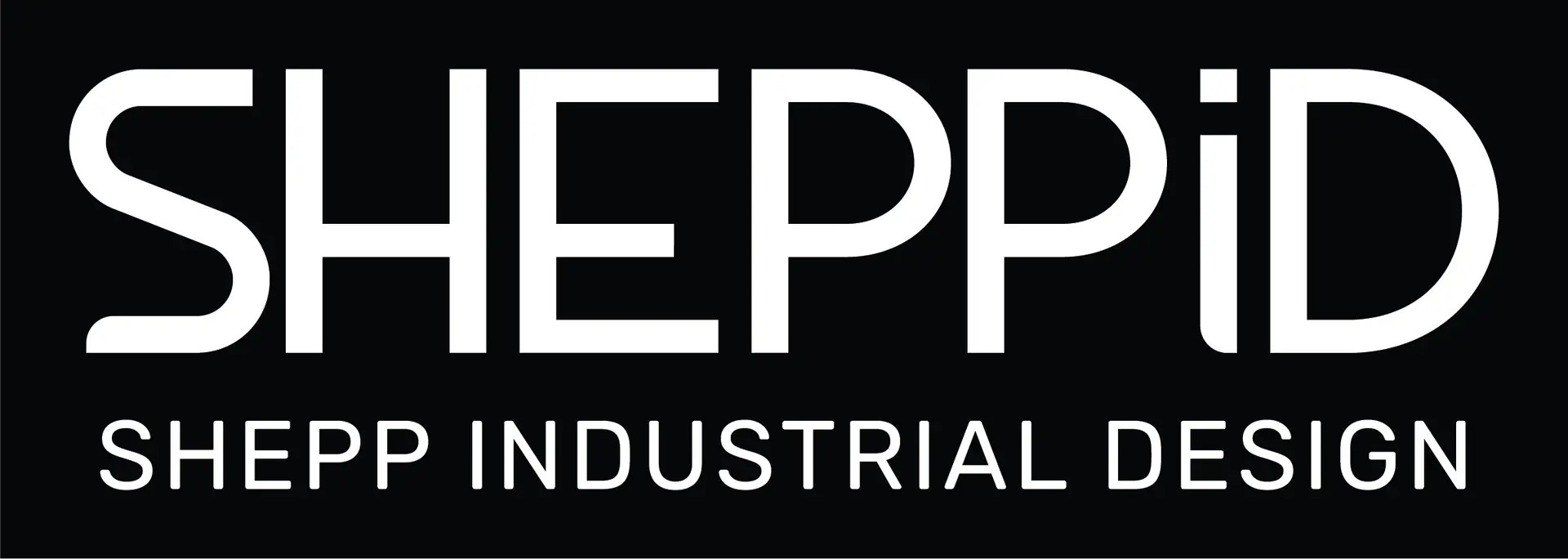Let me save you some time: most products are bloated with crap nobody ever wanted, asked for, or uses. Entire departments are guilty of it. Engineers tack on features because they can. Designers dress them up like they’re building for The Museum of Modern Art, rather than for the market. Executives approve them so they’ve got something flashy for the next board meeting. And customers? They don’t give a damn. They just want the product to do what they bought it for, without a 60-page manual or ten settings screens.
It’s not innovation. It’s ego. And ego is expensive.
Why Nobody Wants to Say It Out Loud
Here’s the dirty truth: half the time, product features aren’t about solving customer problems at all — they’re about proving somebody inside the company is “adding value.” Engineers overbuild to show they’re clever. Designers get carried away polishing details that nobody will notice after the first week. Executives push “differentiators” that sound good in a press release but die in real life.
Want proof? Look at any TV remote. Most have 50 buttons. You use maybe five. Everything else is wasted plastic and wasted thought cycles. But hey, someone got to put a bullet point in the spec sheet. And that bullet point probably cost millions to design, build, test, and ship.
That’s how feature bloat happens: not because customers demanded it, but because saying no inside the company felt too risky.
The Endless Cycle of Feature Creep
Let’s be real about why this keeps happening: it looks safer to add than to cut. If you kill an idea, somebody’s ego takes a hit. If you approve it, at least everyone feels “productive.” Nobody gets fired for shipping more features. People do get questioned when they argue for less.
Then there’s competitor paranoia. “They added this, so we need it too.” That’s how you end up with smart fridges that check Twitter, toothbrushes that connect to your phone, and “AI-powered” functions that barely work but still hog a spot on the box. These are not customer-driven innovations. They’re panic-driven band-aids. And they bleed money.
What It Really Costs You
Here’s the part nobody likes to add up: every unnecessary feature comes with a real bill. Development slows down because teams are building things that don’t matter. Manufacturing costs spike because you’re stuffing in more components than you need. Support calls go up because confused customers can’t figure out why their “smart” product feels dumb. And your brand credibility tanks, because the thing that was supposed to be simple and effective now feels bloated and out of touch.
This isn’t neutral. Useless features aren’t free “extras.” They actively drag your product down. Every one of them is dead weight.
The Discipline Nobody Practices
So, how do you stop wasting money? It’s not complicated. You need discipline. The discipline to say no. The discipline to kill pet projects. The discipline to put the customer ahead of your own ego.
It means asking the people who actually use your product what matters to them. Not asking your VP of Marketing, not asking your engineering lead, not asking the designer who wants to put their personal stamp on it. Customers. If they didn’t ask for it, or they don’t struggle without it, chances are you don’t need it.
It also means testing ideas fast and ugly. Don’t polish something to death before you even know if anyone cares. Prototype it, shove it in front of users, and if nobody bites, move on. Don’t sink another dollar into making a bad idea shinier.
And here’s the big one: accept that the roadmap is not a dumping ground for every half-baked idea. It’s a filter. If most ideas don’t get through, good. That’s how it should be.
Thought Leader, Not Babysitter
This isn’t about hating features. It’s about respecting the user’s time, money, and patience. The real thought leadership here isn’t saying, “Look how many things we crammed into version 3.0.” It’s being the person in the room with the guts to say, “We’re not building that, because it’s pointless.”
That’s how you avoid burning millions on wasted development cycles. That’s how you build credibility with your market. That’s how you end up with products people actually want, not products people tolerate.
The Final Word
Nobody buys your product because of the vanity features you added to impress yourself. They buy it because it solves their problem better than anyone else. Every extra knob, button, or mode that doesn’t serve that goal is noise. And noise costs you money, reputation, and market share.
So strip it back. Focus on the handful of things that matter. Make them bulletproof. Kill the distractions because customers don’t reward the company with the longest spec sheet. They reward the one who delivers the cleanest, sharpest solution to their actual problem.
And if you still want to cram in that “game-changing” idea? Go ahead. Ship it. But don’t come crying when the usage stats flatline and you’re left wondering where all the money went.




